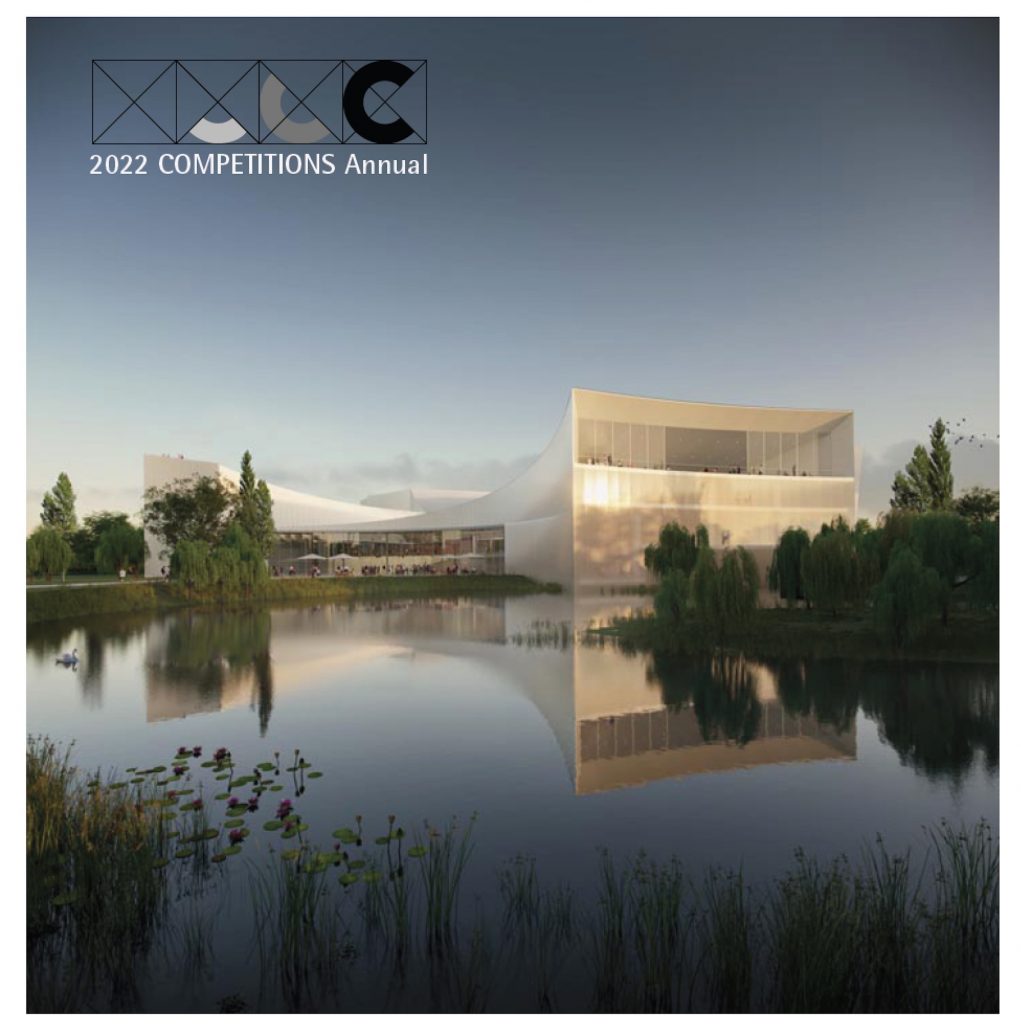Kindergarten Concept Design Competition 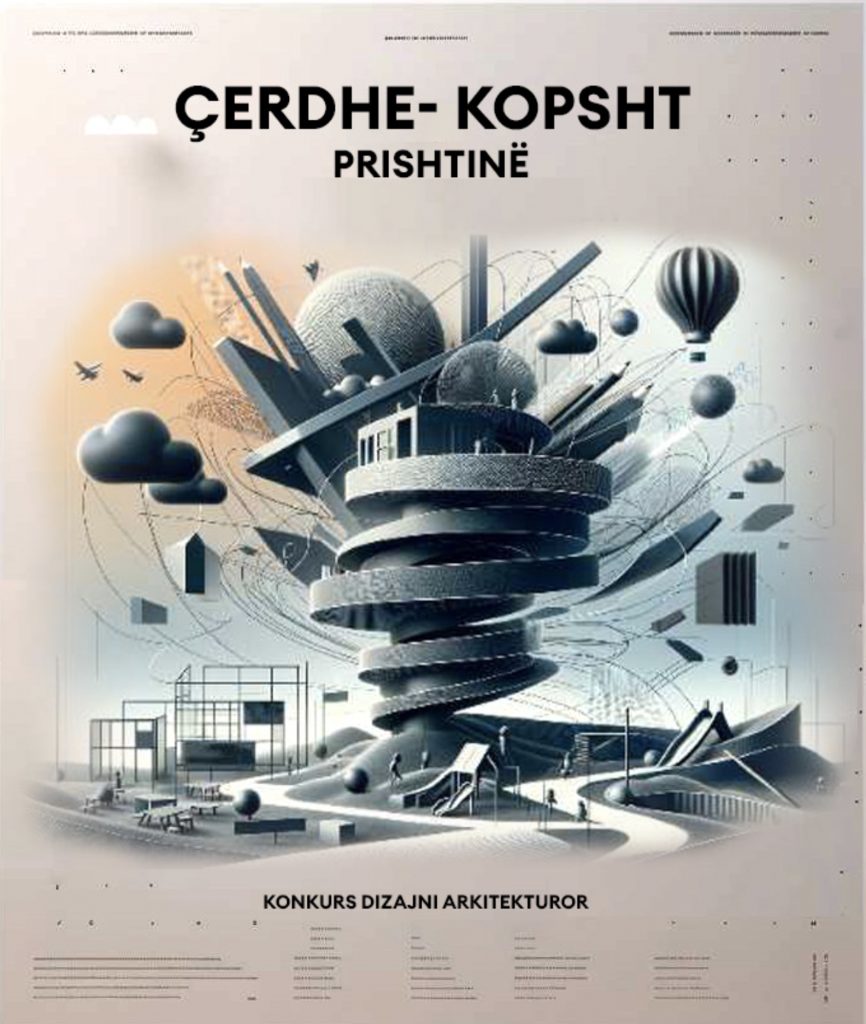
Sponsor: “SHAK” (Architectural Service to the Capital)
Type: International, open, one-stage
Location: Kolovicë, Pristina, Kosovo
Eligibility: no limitations on accreditation
(All applications are anonymous and are referred to only by a unique serial number assigned during submission.)
Languages: English, Albanian
Fee: none
Timetable:
17 January 2024 – Registration deadline
6 March 2024 – Submission deadline for documents Jury
Chair – TBD
Ardit Jedrashi, Architect
Gëzim Kastrati, Architect Awards
1st Place – €6,000
2nd Place – €3,000
3rd Place – €1,500 Conditions
• Candidates must submit a written abstract of their concept, which should not be longer than 300 words.
• Presentations must be made in such a way that they fully demonstrate the design concept and under no circumstances should they contain the author’s signature or any other distinctive marks.
• All designs must be submitted in JPEG format at 300 DPI. It is also not acceptable to send files using services such as Google Drive, Dropbox, or WeTransfer, and any similar service, unless provided by Shërbimi i Arkitektit të Kryeqytetit.
• To register as well as to apply, candidates need to send an email (at admin@shak.archi), in which the administration confirms their application acknowledgment, grants access for document download, and provides space to upload their finalized applications. Their email needs to be new and should be specifically created for the purpose of applying to this competition, and the first part, not longer than 6 characters, will be their application code; for example, XyZ123@gmail.com. All emails created for this purpose must also be of the Gmail type.
• The winning applications, or the winners, will need to verify their identity in order to receive the prize, through proof of ownership of the email, the first part of which represents their application code. The Competition
The existing condition of the location in Kolovica presents challenges and opportunities for new development. The plot has an area of 5.3 hectares, where built houses and other residential buildings are located. A space of 0.45 hectares has been dedicated for a preschool institution. Access to the plot is possible from two roads, a residential road to the south and a trodden path to the west. However, the road infrastructure needs improvement. Due to previous construction, the environment is degraded, but potential terrain regulation could eliminate negative impacts. Future development possibilities include rehabilitating the terrain and transforming the road into a more suitable variant. The location has potential for regeneration and further use, contributing to the improvement of the residential area’s quality. However, the cost of rehabilitating the terrain and improving road infrastructure must be considered in the planning of future development of this location. The location dedicated to the construction of the nursery-garden belongs to the “Prishtina” cadastral zone, Kolovica neighborhood, and is part of the Urban Development Plan of Pristina. The conditions for the development and construction of the nursery-garden are determined based on current effective guidelines: Administrative Instruction 08/2017 on Technical Norms of Spatial Planning (MMPH), the Guide for Norms and Standards of Preschool Facility Spaces (MASHT), and the current Urban Development Plan of Pristina. For more information: Competition website:
https://shak.archi/en/kindergarten-concept-design-competition-kolovice-neighborhood/ |
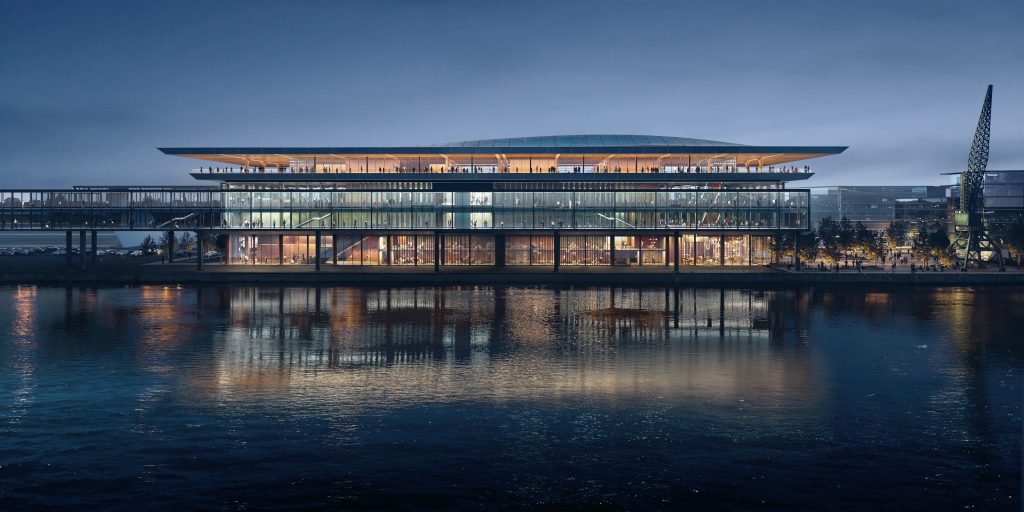
1st Place: Zaha Hadid Architects – night view from river – Render by Negativ
Arriving to board a ferry boat or cruise ship used to be a rather mundane experience. If you had luggage, you might be able to drop it off upon boarding, assuming that the boarding operation was sophisticated enough. In any case, the arrival experience was nothing to look forward to. I recall boarding the SS United States for a trip to Europe in the late 1950s. Arriving at the pier in New York, the only thought any traveler had was to board that ocean liner as soon as possible, find one’s cabin, and start exploring. If you were in New York City and arriving early, a nearby restaurant or cafe would be your best bet while passing time before boarding. Read more… Young Architects in Competitions When Competitions and a New Generation of Ideas Elevate Architectural Quality 
by Jean-Pierre Chupin and G. Stanley Collyer
published by Potential Architecture Books, Montreal, Canada 2020
271 illustrations in color and black & white
Available in PDF and eBook formats
ISBN 9781988962047
Wwhat do the Vietnam Memorial, the St. Louis Arch, and the Sydney Opera House have in common? These world renowned landmarks were all designed by architects under the age of 40, and in each case they were selected through open competitions. At their best, design competitions can provide a singular opportunity for young and unknown architects to make their mark on the built environment and launch productive, fruitful careers. But what happens when design competitions are engineered to favor the established and experienced practitioners from the very outset? This comprehensive new book written by Jean-Pierre Chupin (Canadian Competitions Catalogue) and Stanley Collyer (COMPETITIONS) highlights for the crucial role competitions have played in fostering the careers of young architects, and makes an argument against the trend of invited competitions and RFQs. The authors take an in-depth look at past competitions won by young architects and planners, and survey the state of competitions through the world on a region by region basis. The end result is a compelling argument for an inclusive approach to conducting international design competitions. Download Young Architects in Competitions for free at the following link: https://crc.umontreal.ca/en/publications-libre-acces/ 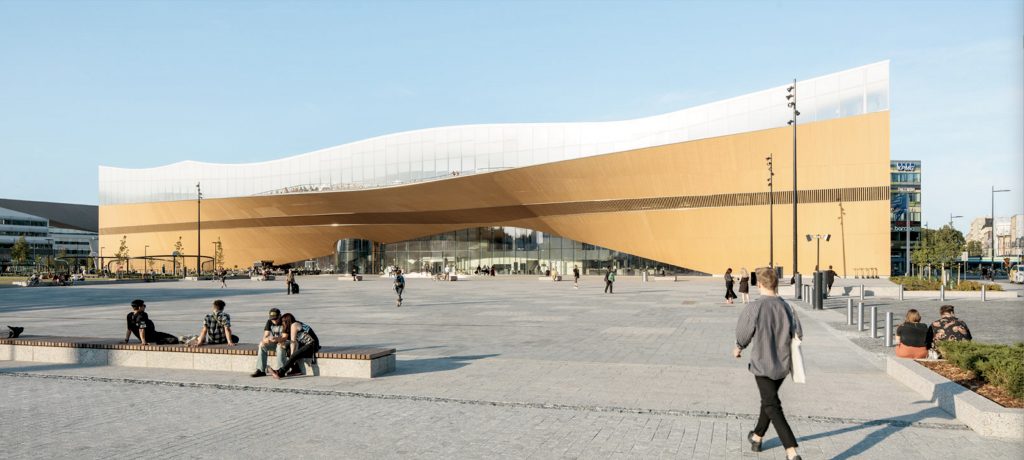
Helsinki Central Library, by ALA Architects (2012-2018)
The world has experienced a limited number of open competitions over the past three decades, but even with diminishing numbers, some stand out among projects in their categories that can’t be ignored for the high quality and degree of creativity they revealed. Included among those are several invited competitions that were extraordinary in their efforts to explore new avenues of institutional and museum design. Some might ask why the Vietnam Memorial is not mentioned here. Only included in our list are competitions that were covered by us, beginning in 1990 with COMPETITIONS magazine to the present day. As for what category a project under construction (Science Island), might belong to or fundraising still in progress (San Jose’s Urban Confluence or the Cold War Memorial competition, Wisconsin), we would classify the former as “built” and wait and see what happens with the latter—keeping our fingers crossed for a positive outcome. Read More… 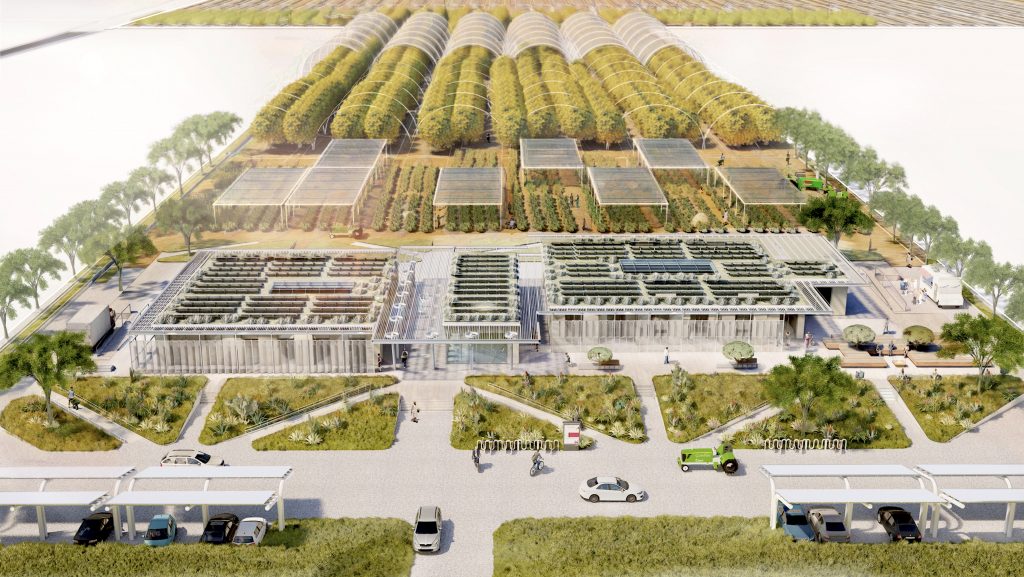
2023 Teaching and Innovation Farm Lab Graduate Student Honor Award by USC (aerial view)
Architecture at Zero competitions, which focus on the theme, Design Competition for Decarbonization, Equity and Resilience in California, have been supported by numerous California utilities such as Southern California Edison, PG&E, SoCAl Gas, etc., who have recognized the need for better climate solutions in that state as well as globally. Until recently, most of these competitions were based on an ideas only format, with few expectations that any of the winning designs would actually be realized. The anticipated realization of the 2022 and 2023 competitions suggests that some clients are taking these ideas seriously enough to go ahead with realization. Read more… 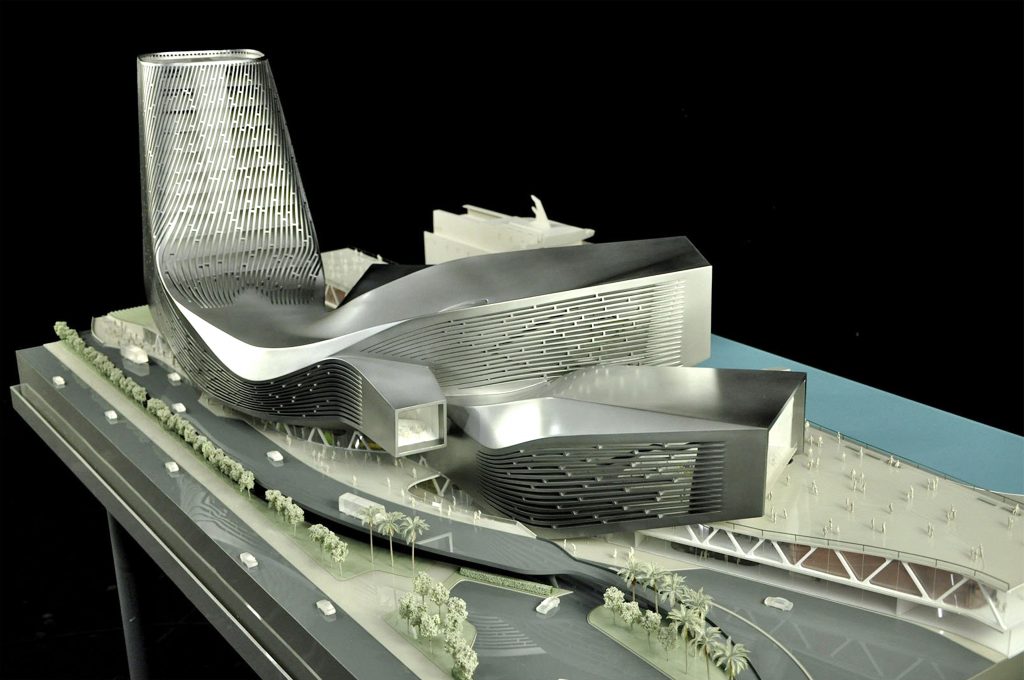
RUR model perspective – ©RUR
New Kaohsiung Port and Cruise Terminal, Taiwan (2011-2020)
Reiser+Umemoto RUR Architecture PC/ Jesse Reiser – U.S.A.
with
Fei & Cheng Associates/Philip T.C. Fei – R.O.C. (Tendener)
This was probably the last international open competition result that was built in Taiwan. A later competition for the Keelung Harbor Service Building Competition, won by Neil Denari of the U.S., the result of a shortlisting procedure, was not built. The fact that the project by RUR was eventually completed—the result of the RUR/Fei & Cheng’s winning entry there—certainly goes back to the collaborative role of those to firms in winning the 2008 Taipei Pop Music Center competition, a collaboration that should not be underestimated in setting the stage for this competition Read more… 
Winning entry ©Herzog de Meuron
In visiting any museum, one might wonder what important works of art are out of view in storage, possibly not considered high profile enough to see the light of day? In Korea, an answer to this question is in the making. It can come as no surprise that museums are running out of storage space. This is not just the case with long established “western” museums, but elsewhere throughout the world as well. In Seoul, South Korea, such an issue has been addressed by planning for a new kind of storage facility, the Seouipul Open Storage Museum. The new institution will house artworks and artifacts of three major museums in Seoul: the Seoul Museum of Modern Art, the Seoul Museum of History, and the Seoul Museum of Craft Art.
Read more… |




























